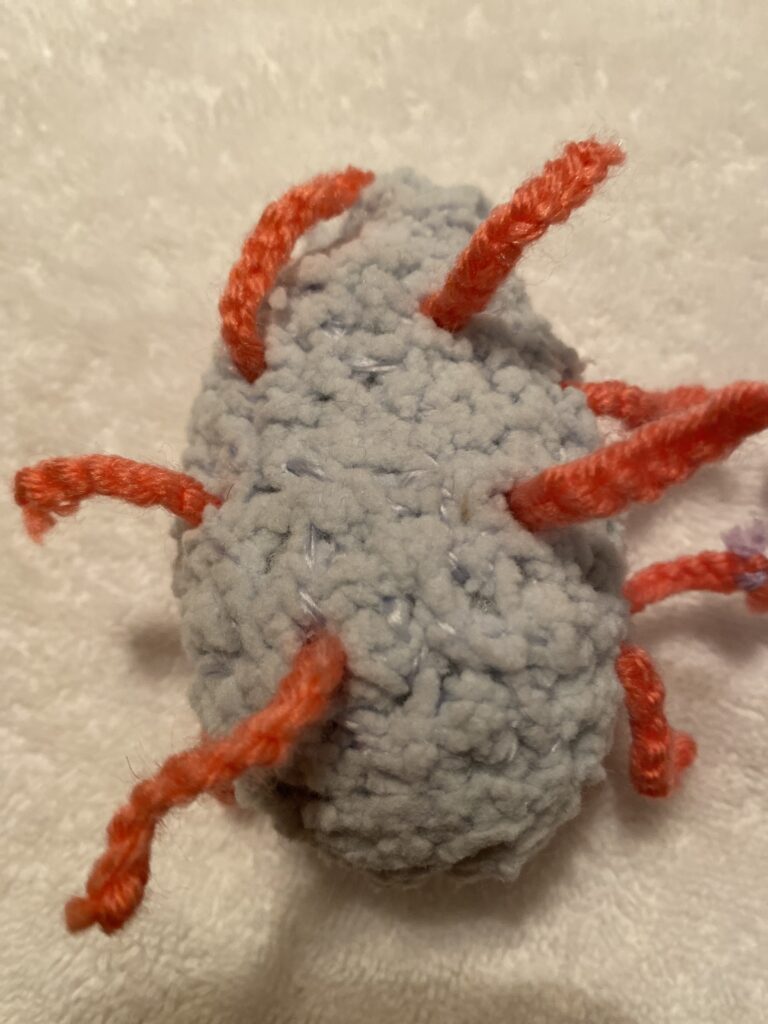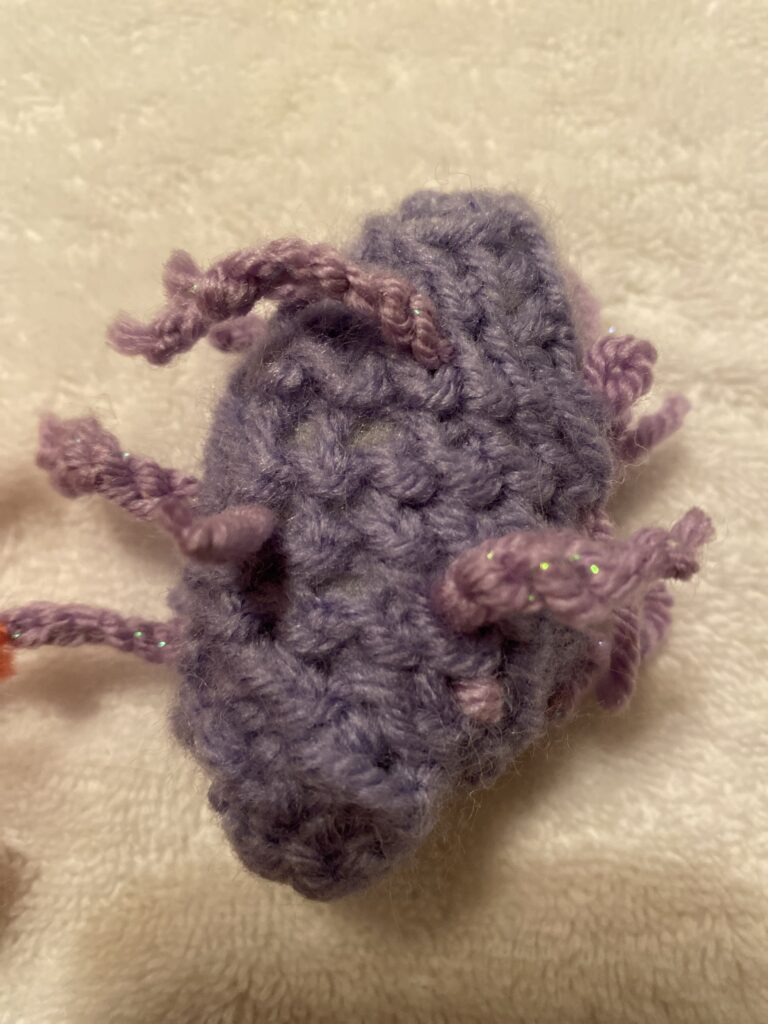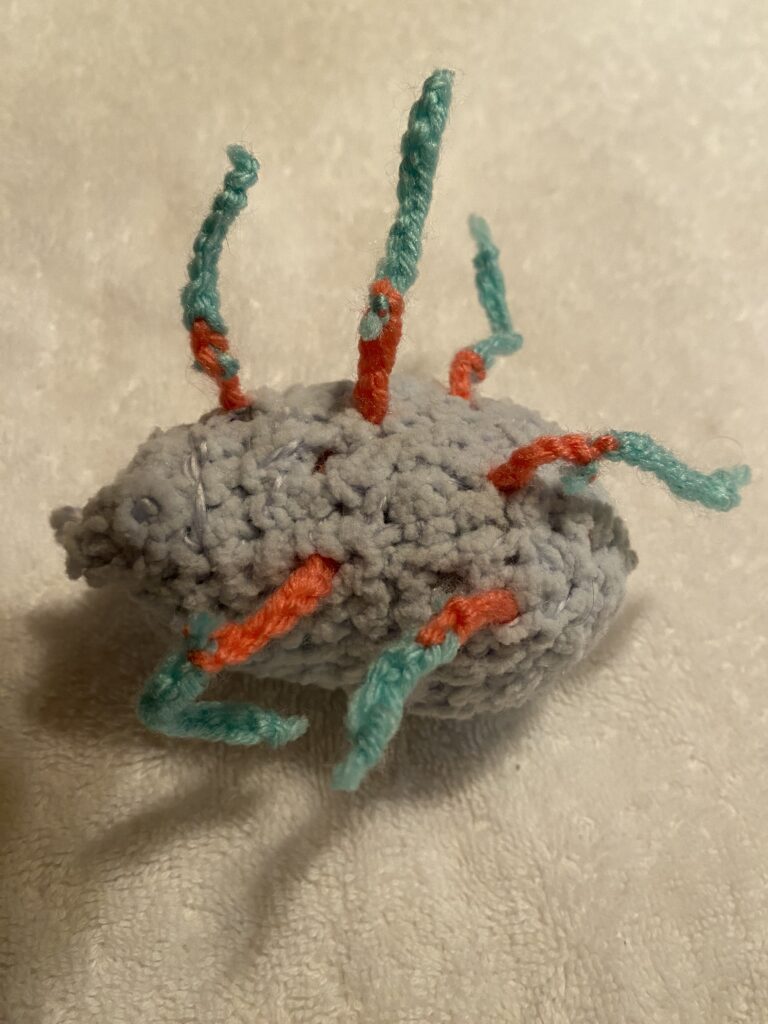Acquired Immunodeficiency Syndrome (AIDS) came to rise in 1981, where it devastated communities. Patients suffering from AIDS had a disorder known as lymphopenia. Lymphopenia is caused by a shortage of lymphocytes (white blood cells) in the blood stream. It was discovered that the Human Immunodeficiency Virus (HIV) was behind the chronic immune disease that attacks White Blood Cells (WBC). Specifically, HIV binds to receptor T-cells known as CD4, where they destroy the WBC and then replicate within the cell. The viral load of an HIV patient is directly related to the CD4 count in the blood stream. A count of more than 500 c/mm CD4 is a healthy count. AIDS is diagnosed when the CD4 count drops below 200 c/mm. HIV is transmitted through blood, semen, and vaginal fluids. HIV does not directly kill humans. It attacks and kills WBC, which weakens the immune system. The decrease in WBC is what leads to AIDS and people tend to die of secondary infections, such as pneumonia. There is no known cure for HIV, however, there are antiretroviral medications that decrease transmission with an efficacy of 99%.
Pre-exposure Prophylaxis (PreP) is a cocktail of medications that work in tandem to protect against HIV transmission, known as nucleotide reverse transcriptase inhibitors (NRTI). NRTI is a form of passive immunity. There are currently two medications on the market that have been approved by the FDA: tenofovir disoproxil fumarate (TDF) and tenofovir alafenamide (TAF). These medications work in two different ways. Tenofovir blocks the binding sites on CD4 cells, preventing them from being destroyed while stopping the virus from replicating within the cell. Alafenamide and disoproxil fumarate target the genes within the HIV cell; altering its DNA and enabling its ability to replicate. Therefore, the virus is unable to inhabit the body. TDF was the first medication approved by the FDA, however, TAF has an equivalent efficacy but does less damage to our kidneys and bones.
The objective I chose to elaborate on is “Describe how immunity can be acquired through passive and active means.” I decided to visually demonstrate how Prep protects the immune system by means of passive immunity, through crochet. The first step was learning how to crochet. I then handcrafted a white blood cell (light blue/white yarn) using yarn and a 5mm crochet needle. I added binding sites (orange yarn) to the WBC to show where enzymes bind to the CD4. Next, I chose to create an HIV cell (purple yarn), while emphasizing its binding sites (light purple yarn). Thirdly, I crocheted a CD4 cell (red yarn) that has been bound and destroyed by the virus. Now, I needed to show how Prep prevents the transmission of HIV into CD4 cells. I attached Prep enzymes (blue yarn) to the WBC binding sites to depict how it is altered by medicine. When tenofovir is present, HIV is unable to bind, replicate, and kill. Also, there are Prep enzymes (blue yarn) attached to the HIV cell to depict how Prep binds to the virus and alters its ability to replicate.
Source:
1.Wassner, C., Bradley, N., & Lee, Y. (2020). A review and clinical understanding of tenofovir: Tenofovir disoproxil fumarate versus tenofovir alafenamide. Journal of the International Association of Providers of AIDS Care (JIAPAC), 19, 232595822091923. https://doi.org/10.1177/2325958220919231
2. Le Hingrat, Q., Sereti, I., Landay, A. L., Pandrea, I., & Apetrei, C. (2021). The Hitchhiker Guide to CD4+ T-cell depletion in lentiviral infection. A critical review of the dynamics of the CD4+ T cells in SIV and HIV infection. Frontiers in Immunology, 12. https://doi.org/10.3389/fimmu.2021.695674
3. Fields, S. D., & Tung, E. (2021). Patient-focused selection of prep medication for individuals at risk of HIV: A narrative review. Infectious Diseases and Therapy, 10(1), 165–186. https://doi.org/10.1007/s40121-020-00384-5







Madeline Parsons
BIOL F112X
Abstract
The objective chosen to elaborate on is “Describe how immunity can be acquired through passive and active means.” Patients suffering from AIDS had a disorder known as lymphopenia and it is caused by a shortage of lymphocytes (white blood cells) in the bloodstream. It was discovered that the Human Immunodeficiency Virus (HIV) was behind the chronic immune disease that attacks White Blood Cells (WBC) in the body. More specifically, HIV binds to receptor T-cells known as CD4, where they destroy the WBC and then replicate within the cell. HIV can be transmitted through blood, semen, and vaginal fluids. AIDS, which is acquired immunodeficiency syndrome, occurs after the HIV infection in the body severely weakens the immune system and is diagnosed when the CD4 count drops below 200 c/mm. There are currently two medications on the market that have been approved by the FDA for treatment: tenofovir disoproxil fumarate (TDF) and tenofovir alafenamide (TAF). Tenofovir disoproxil fumarate was the first medication approved by the FDA, however, tenofovir alafenamide has an equivalent efficacy but causes less damage to the bones and kidneys. To visually demonstrate how Prep protects the immune system by means of passive immunity, it is displayed through crochet with yarn using a 5mm crochet needle. In this STEAM project, a representation of how HIV affects the body was represented by a white blood cell (light blue/white yarn), orange yarn for binding sites, purple yarn as the HIV cell, and red yarn representing the CD4 cell.